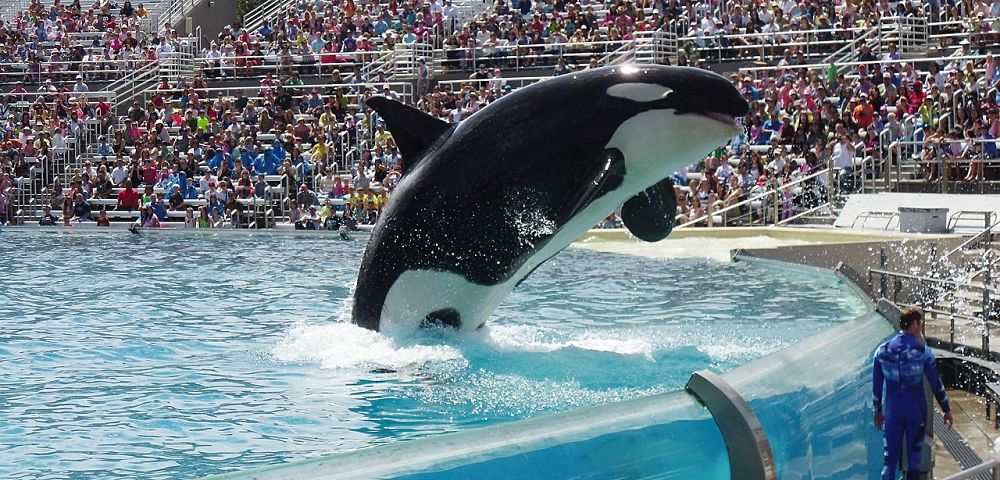Theme park company SeaWorld Entertainment
SeaWorld reported a 1Q18 net loss of $62.8 million, or $(0.73)/share, in-line with the net loss of $61.1 million, or $(0.72)/share, a year ago. This quarter’s loss included $21.5 million of pre-tax expenses for what appear to be one-time items. Revenues increased over 16% on 15% higher park attendance.
As only five of its 12 parks are open for the full quarter, the company generally reports a loss in each year’s first quarter. Earnings as reported were 4% better than the consensus analyst estimate while revenues were about 10% ahead of the consensus estimate.
SeaWorld’s new marketing and communication initiatives that promote a more positive image of SeaWorld, the company’s new rides and attractions and new promotional pricing seem to be working.
Average ticket prices fell about 2% but this was more than offset by stronger in-park spending on food and merchandise. SeaWorld’s cost-cutting initiatives helped as well, with at least $25 million more savings coming by year-end.
While SeaWorld is currently led by interim CEO John Reilly, most of the improvements can be attributed by the former CEO Joel Manby who resigned last February. The company said they are finalizing their permanent CEO process. We think there is a reasonable chance that interim CEO John Reilly will be given that role, given his prior experience as head of SeaWorld San Diego.
SeaWorld’s balance sheet remains extended but improving as EBITDA appears to be on an upward path. Total debt of $1.6 billion, less cash, is about 4.7x Adjusted EBITDA for the last 12 months. This multiple probably should be worked down to about 3.0x or so given SeaWorld’s cyclicality and relatively high capital spending requirements.
Similarly, SeaWorld needs to demonstrate that it can consistently attract more park attendees against tough competition and its clouded image as well as show that it can produce higher profits from its higher attendance.
The company spoke about how it is using its capital more efficiently, particularly with measuring the returns from spending on each new ride and attraction. Its emphasis on better food and merchandise seems to be boosting attendance and in-park sales.
The new Sesame Street attraction in Orlando, complete with a daily parade with Sesame Street characters, could bolster it against the sharp competition in that market.
Overall, the results indicate that the company has the ability to bring in more park attendees and get them to spend more in the park. While much work needs to be done, this quarter shows that the task can be accomplished.
At 9.4x estimated 2018 EBITDA, the shares remain undervalued relative to their turnaround potential. We continue to rate shares of SeaWorld Entertainment (SEAS) a Buy up to $37.
Disclosure: Accounts managed by an affiliate of the publisher own SEAS stock.
George Putnam is editor of The Turnaround Letter.
Subscribe to George Putnam’s The Turnaround Letter here…
About MoneyShow.com: Founded in 1981, MoneyShow is a privately held financial media company headquartered in Sarasota, Florida. As a global network of investing and trading education, MoneyShow presents an extensive agenda of live and online events that attract over 75,000 investors, traders and financial advisors around the world.




